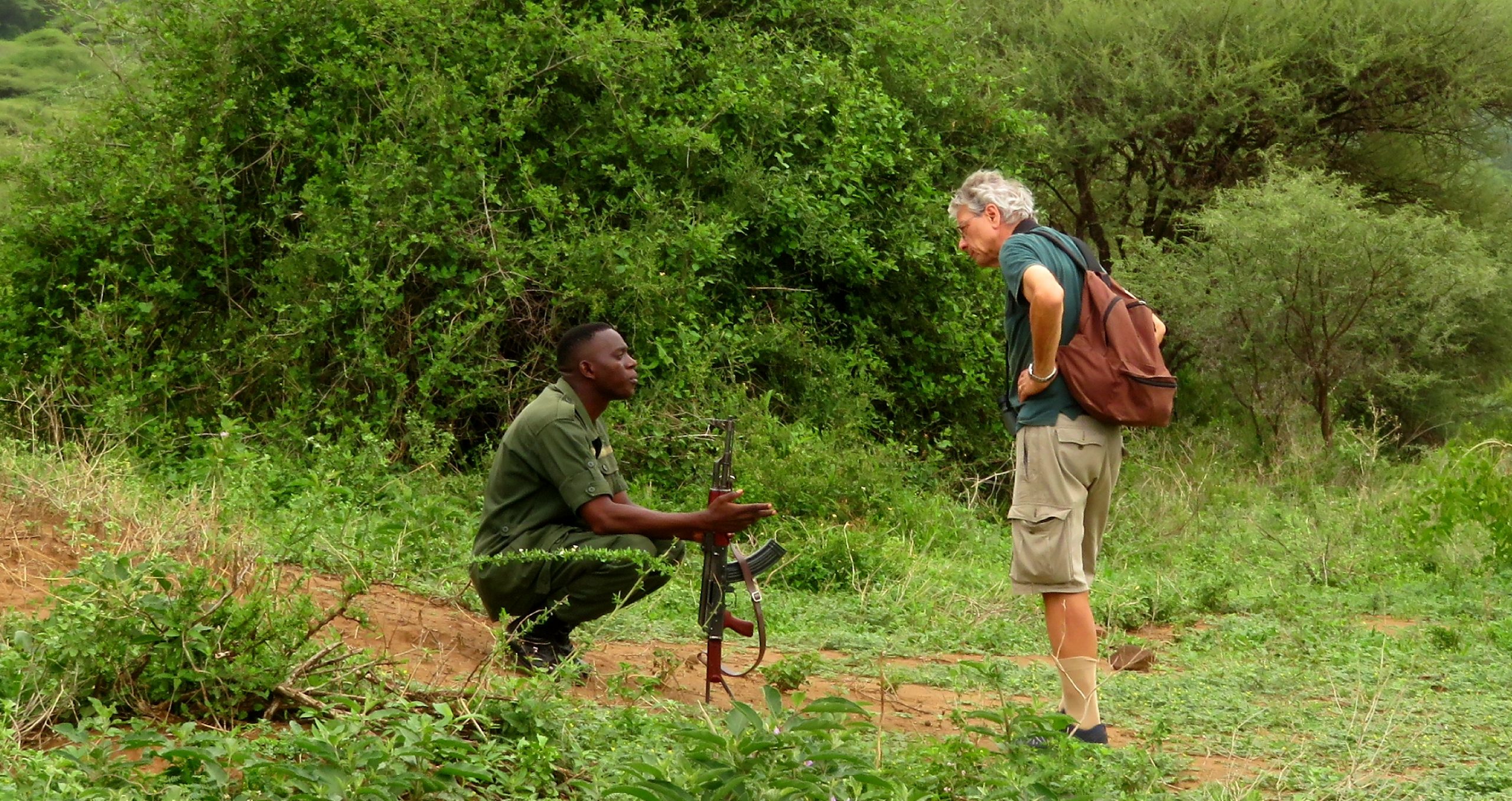
Imagine walking through the vast African wilderness, feeling the crunch of dry grass beneath your feet while elephants, giraffes, and zebras roam freely around you. A Walking Safari in Tanzania offers an immersive, adrenaline-filled adventure that lets you experience nature in its rawest form. Unlike traditional vehicle safaris, walking safaris give you the opportunity to explore off-the-beaten-path locations, track wildlife on foot, and connect deeply with the stunning landscapes of Tanzania.
From the vast Serengeti plains to the remote Selous Game Reserve, Tanzania is home to some of Africa’s most iconic national parks, offering a variety of walking safari experiences suited for both beginners and seasoned adventurers. Whether you are a wildlife enthusiast, a photography lover, or simply seeking a thrilling escape, this guide will take you through everything you need to know about Walking Safari Tanzania—from the best destinations to safety tips, costs, and what to expect.
Why Choose a Walking Safari in Tanzania?
A More Intimate Wildlife Experience
Walking safaris allow you to observe wildlife without the noise of vehicles. You get to see animals up close, from a respectful and safe distance, without disturbing their natural behaviors.
Learn Tracking and Bushcraft Skills
Expert guides teach you how to identify animal tracks, recognize different bird calls, and understand the subtle signs of the African bush.
Access Remote Areas
Many areas of Tanzania’s national parks are inaccessible by vehicles, meaning walking safaris provide a rare chance to explore untouched landscapes.
Eco-Friendly and Sustainable Tourism
By choosing a walking safari, you reduce your environmental impact and support conservation efforts in Tanzania’s protected areas.
Top Destinations for Walking Safaris in Tanzania
Serengeti National Park
- Famous for the Great Migration
- Stunning open plains and diverse wildlife
- Best for experienced walkers due to long distances
Selous Game Reserve (Nyerere National Park)
- Africa’s largest game reserve
- Offers diverse landscapes, from wetlands to woodlands
- High chances of encountering elephants, hippos, and crocodiles
Ruaha National Park
- Less crowded, offering a more exclusive experience
- Home to large lion populations and rare wild dogs
- Ideal for those seeking rugged, untamed wilderness
Tarangire National Park
- Famous for its massive elephant herds
- Seasonal walking safaris available
- Scenic landscapes dotted with baobab trees
Ngorongoro Conservation Area
- Walking safaris near the famous Ngorongoro Crater
- Experience Maasai culture and traditional villages
- Diverse wildlife, including rhinos and leopards
What to Expect on a Walking Safari Tanzania
Guided Experience
Every walking safari is led by an armed, highly trained guide who ensures safety while sharing deep knowledge about the flora, fauna, and history of the area.
Wildlife Encounters
You may spot elephants, giraffes, buffalo, and various bird species. Predators like lions and leopards are rarely encountered but can be seen from a distance.
Physical Demands
Walking safaris range from short, easy walks to multi-day treks covering significant distances. A moderate level of fitness is required.
Rules and Safety Guidelines
- Walk in single file behind the guide
- Remain silent to avoid startling wildlife
- Never run, even if startled by an animal
- Follow all instructions given by your guide
Best Time for a Walking Safari in Tanzania
The best time for walking safaris depends on the location and season:
Dry Season (June – October)
- Best for wildlife viewing as animals gather around water sources
- Clear, sunny weather with minimal rain
- Less vegetation, making it easier to spot wildlife
Green Season (November – May)
- Lush, beautiful landscapes with fewer tourists
- Birdwatching is excellent, with migratory species arriving
- Some parks may have restricted access due to heavy rains
What to Pack for a Walking Safari
- Lightweight, neutral-colored clothing (avoid bright colors)
- Sturdy hiking boots for rough terrain
- Hat, sunglasses, and sunscreen for sun protection
- Binoculars for spotting distant wildlife
- Camera with a zoom lens for capturing close-up shots
- Insect repellent to protect against mosquitoes
- Reusable water bottle to stay hydrated
- Small backpack for essentials
Cost of a Walking Safari in Tanzania
The cost of a Walking Safari in Tanzania varies based on factors like location, duration, and luxury level.
- Budget Safaris: $50 – $150 per person (short guided walks)
- Mid-Range Safaris: $200 – $500 per person per day (multi-day camping safaris)
- Luxury Safaris: $800 – $2000 per person per day (private tours, luxury lodges)
Prices often include park fees, guide fees, meals, and accommodations, but always check with your tour operator for details.
Frequently Asked Questions
Is a walking safari safe?
Yes, walking safaris are led by experienced guides armed for safety. Guides ensure that participants follow strict rules to minimize risks.
Can children join a walking safari?
Most walking safaris require participants to be at least 12 years old. Some private tours may allow younger children with special arrangements.
Do I need prior experience for a walking safari?
No prior experience is needed. Guides will provide all necessary instructions before and during the walk.
How far do you walk on a walking safari?
Distances vary, but most walks range from 5
Book This Tour
